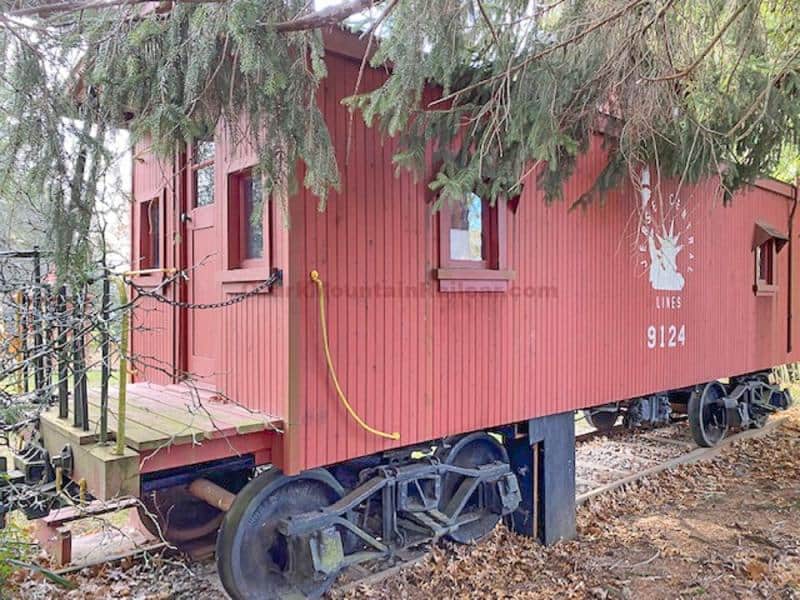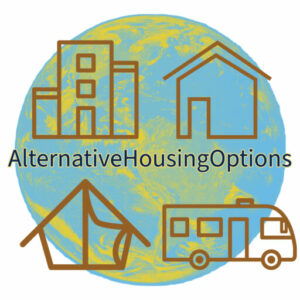We like to joke at Alternative Housing Options that we could live like the Homeward Bound (HoBo) and make a home wherever necessary along our journey. While the HoBos of the civil war began riding the rails back in the 1860’s the Great Depression brought new meaning to the lifestyle and the word Hobo that was often less honorable. Now, there are other connotations for Hobo that we won’t get in to, but the lifestyle of making your home anywhere you lay your head is very appealing. With that we are going to talk about how to turn an old train car into the perfect alternative housing option.
A train car home is similar to a tiny house in that you are working with a very small space, an old train car, boxcar to be exact. A boxcar is similar to a shipping container on rails. It is the very boxy train car that is used to haul products from place to place by train. You can convert a boxcar into a tiny house in a similar way that you would a shipping container. Other train cars that you can convert are old cabooses, and passenger rail cars. You could probably convert a few others but you’d have to contend with cleaning out old coal, grain, or other materials that were hauled.
The boxcar house
Boxcars are popular because they can transport a large amount of any type of goods like heavy equipment, merchandise even livestock from multiple locations faster than hauling it in a truck. For the purposes of making a house, we are going to specifically focus on the enclosed boxcar also called a train car or rail car. These wide open metal containers that are a standard 50 feet long.
This was not the original size adopted from the Mohawk & Hudson Railroad design in 1833 of 30 feet long and 7-feet wide. This grew to 36-feet in the 19th century, 40 feet in the 20th century which was standard until the 1930s when production started on the 50 footer.
With extra insulation between the metal wall and your interior wall, you can build out your boxcar into a fully functioning tiny house. You can use tiny house features like smaller appliances, composting or incinerator toilet, small wood burner stove, and mini-fridge or like this Fort Collins, CO couple, larger items but less of them.

This couple renovated their boxcar into a 1 bedroom, full bathroom home with galley kitchen/diner. They have a very eclectic relaxed style that works well for them for $25,000-$30,000 all into the project.
The caboose house
A caboose is around 400-450 square feet and falls right into the measurements for a tiny house. This caboose house has already been renovated. It is an old boxcar from 1847 that was used by the Central Railroad of New Jersey and is for sale by Ozark Mountain Railcar. It is a cute little home with two twin beds, kitchen-diner-living area and a couple of unique sitting nooks due to an old telephone booth and lofted seats. The cost for shipping this particular car is $8,000-$15,000 plus the cost of actual purchase

The passenger car house
Passenger train cars are larger cars than most. You can turn them into a small home with a bedroom, larger living area and kitchen, and shower/bathroom, instead of a tiny house. The fixtures could be full size.

This train car was fully converted into a home with modern furnishings and a full size queen bed. The incinerator toilet handles the issues due to lack of plumbing. You would have to attach a water collection system to make this version a fully functioning home. It was for sale for $89,000 plus a rail rental fee for the siding or privately owned rail off the main track. Rental of $200-$1,000 per month depending on the location.
Problems converting a train car
Train cars themselves, before shipping can cost between $4,000 and $50,000. I reviewed several sites to put the numbers together as they vary. You can even purchase already renovated train cars. Here are a few things that cause people to hesitate when following their alternative housing dream of converting a train car.
- They typically weigh 10 tons
- They require a solid foundation on which to rest. Creating an imitation railroad bed must be done right.
- Professional movers are required to get them to their permanent location which can cost $5,000 up to $15,000.
- When you find them they are usually in very poor condition and require major renovation.
- Restoration is a slow, costly, labor of love.
- The walls, ceiling, and floors are very thin so you’ll have to do some clever framing to increase the insulation.
- You might not get a clearance from your town building and planning commission to put one up on your property. Talk to your town building inspectors about local zoning laws before purchasing.
Cost of converting a train car into a house
Other than being smaller than a traditional stick built house, a train car typically has the same about of windows. Here is a list of the basic items and costs you’re likely to find when converting a train car.
Windows And Skylights – $4,000
Flooring – $300 -$600
Light Fixtures – $400
Insulation – $1,200
Plumbing – $700
Solar Power System – $2,800
Water Heater – $1,100
Bathroom Fixtures – $1,400 – $2,000
Kitchen Appliances – $2,700
Tiny house products such as a smaller clearance shower, incinerator or composting toilet, water recycling system and other off-grid systems can make any train car the perfect tiny house.
Rolling stock like a train car can have challenges for financing as it is not considered real estate. However, there are also no restrictions if you live on the rails. This can make it an attractive alternative housing option for someone who is willing to rent a siding and not own the land the train car is setting on. Check out our other articles about alternative housing options for those who like to travel.


